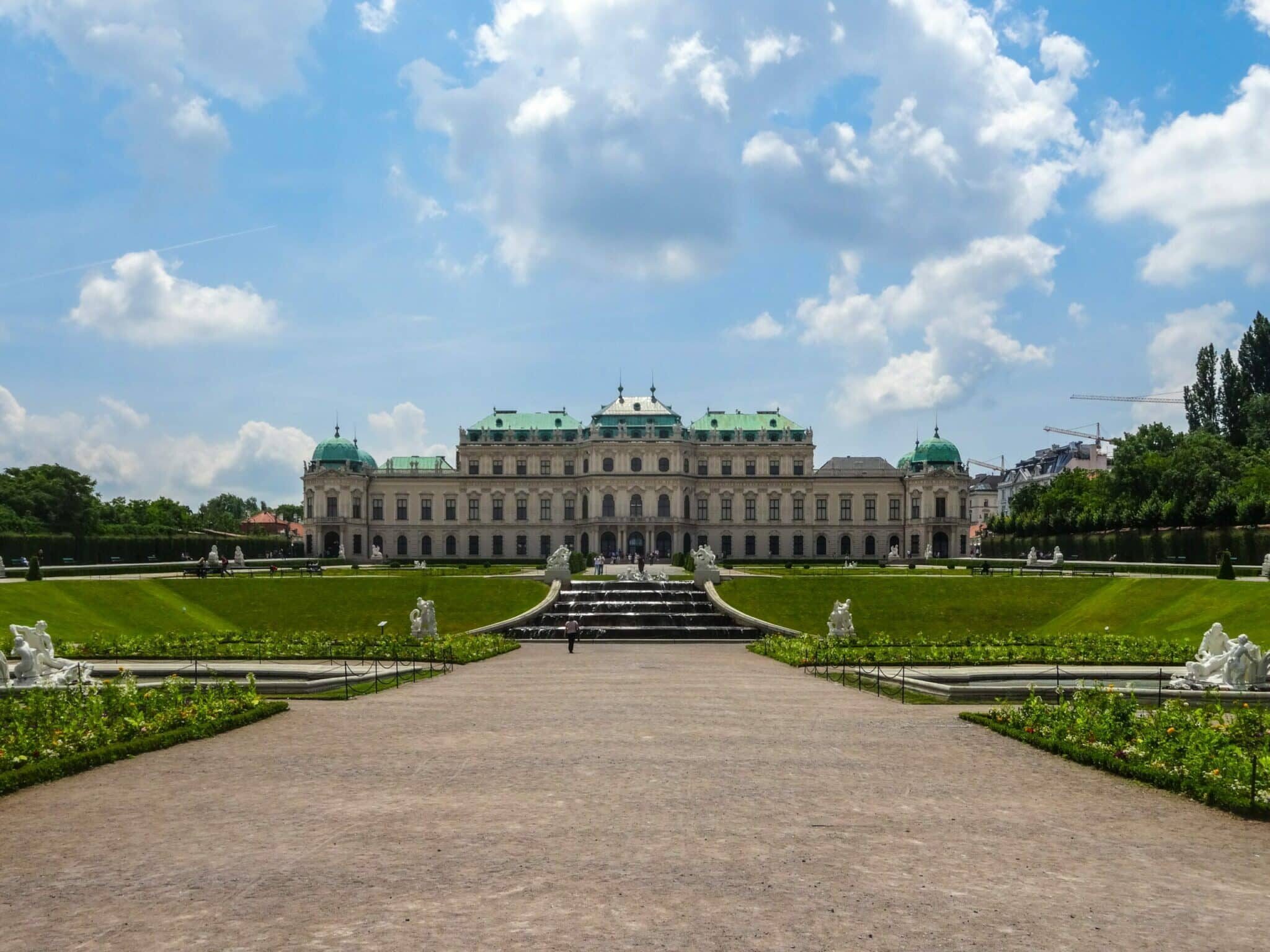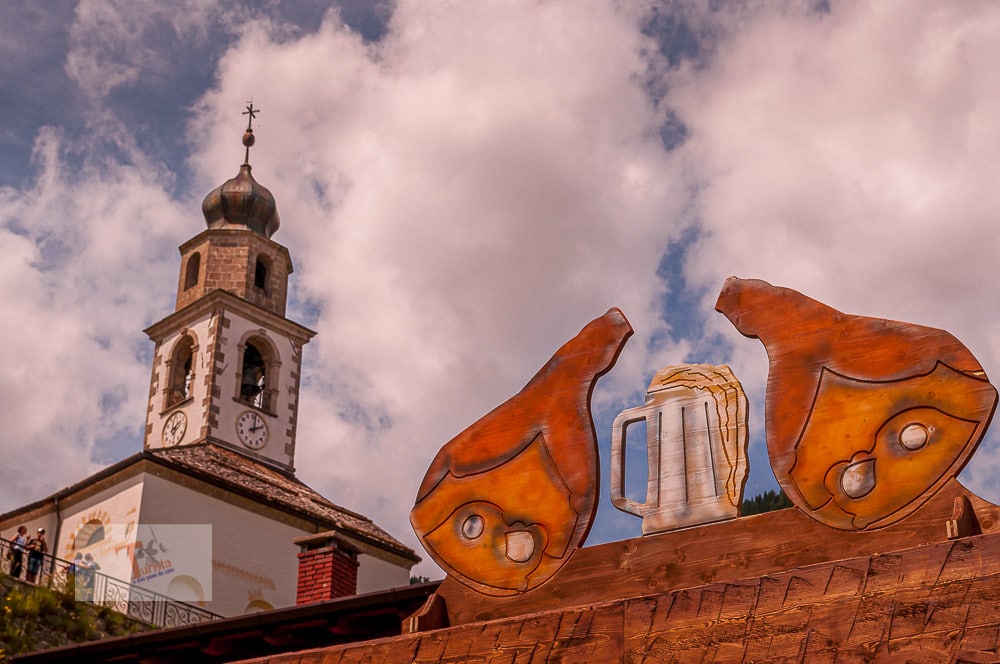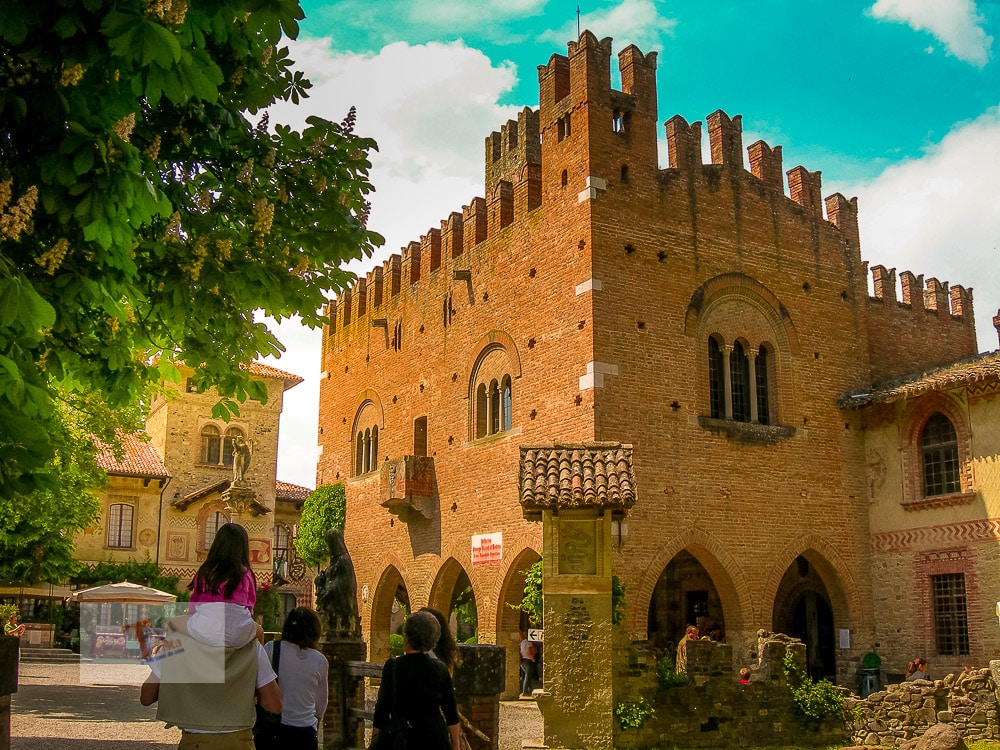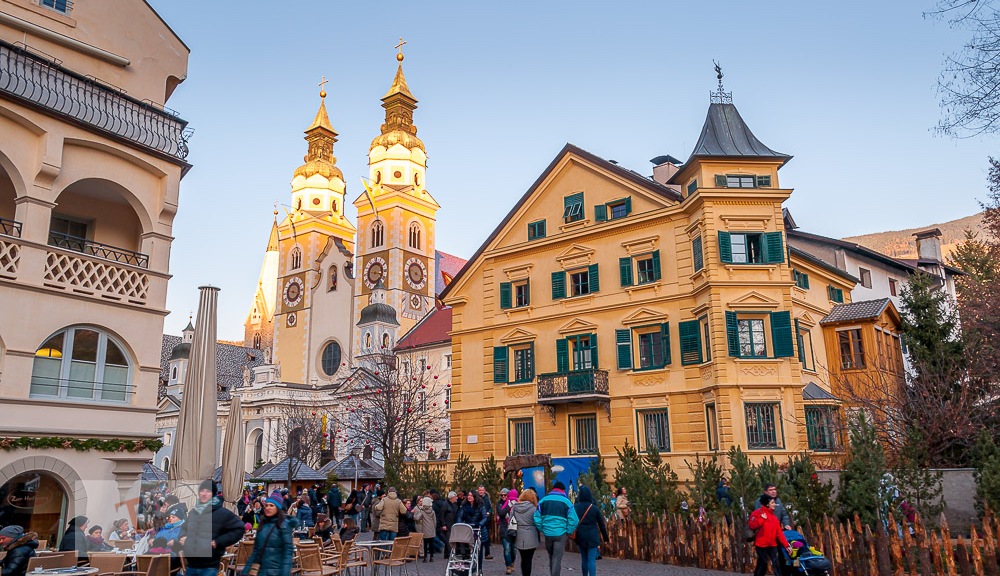Pesaro is a city that is remembered for two reasons: it is a holiday resort and it is the birthplace of the composer Gioachino Rossini (1792-1868) to whom an important music festival is also dedicated, but it is also a place rich in history and traditions.

The city can be discovered pleasantly by cycling, (you can leave your car in one of the municipal car parks at the “Curvone” or in Via Marsala) and pedal towards the Duomo, Rossini’s house, or Casa Vaccai, the city museums, but also the Mercato delle Erbe, or see the Pomodoro Sphere and walk along the seafront until you reach the port. If, on the other hand, you indulge in a typical spring or autumn excursion, admire the splendid views from the San Bartolo Natural Park or laze quietly in the green city oases. It was said, it is better to go around the city by bicycle so that the ZTL areas (limited traffic) are avoided, the one-way streets and many timed parking lots that do not allow us to fully experience our experience.
Rossini Theater
The first of our destinations is the Rossini theater which is located via Oberdan. This is the building inaugurated in 1637 with the name of Teatro del Sole, which later became Teatro Nuovo in 1818, with the representation of the Thief Magpie directed by Gioacchino Rossini and finally, dedicated to the composer in 1855.

Piazza del Popolo
Reached Piazza del Popolo we find ourselves in front of the Palazzo Ducale, the oldest of the buildings that overlook the square. The current layout dates back to the 16th century, thanks to Guidobaldo II delle Rovere who entrusted the modification of the pre-existing building to Filippo Terzi, who sought a chromatic harmonization with the rest of the square and with the surrounding buildings.

The central fountain, dating back to the end of the 1500s, was erected by the will of Francesco Maria II Della Rovere. A reference point for the people of Pesaro, it was renamed “the Pupil of Pesaro”. Used for many years as a drinking trough for animals, it was destroyed in 1944 and rebuilt in 1960. The bowl is surrounded at the base by four newts riding as many dolphins, while four sea horses swim in the outdoor pool.
Sphere of Pomodoro
This important city monument can be admired in the waterfront area, but before reaching the Pomodoro Sphere, we cross the birthplace of Gioachino Rossini along the way. Declared a national monument in 1904, it houses memorabilia related to the sight of the master and further on, on the left, Palazzo Lazzarini with the Diocesan Museum.
The Sphere of Pomodoro is located in Piazzale della Libertà. Also known as Sfera Grande, it is a bronze monument created in 1998 by the sculptor Arnaldo Pomodoro. It has an optical effect on the sea of considerable thickness. Seen from a certain perspective, the water of the fountain gives the effect of lapping the sea.
Villino Ruggeri
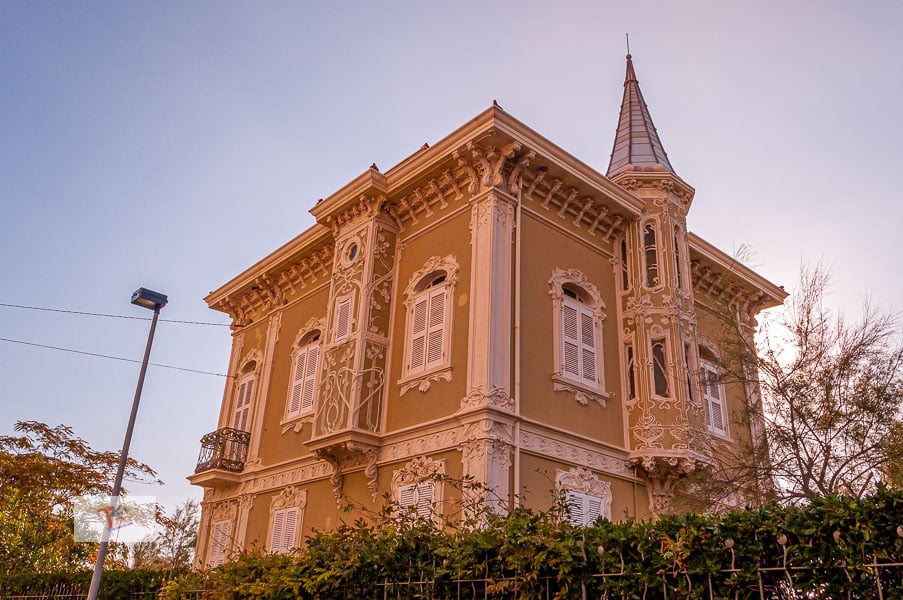
Another significant symbol of Pesaro is the Villino Ruggeri. In Art Nouveau style, it is located to the left of the Pomodoro Sphere, on the seafront. Designed by the Urbino architect Giuseppe Brega, the building was built in the early 1900s at the behest of a wealthy pharmaceutical industrialist, Oreste Ruggeri.
A short distance from the cottage you can walk along the Moletto. From here also passes the cycle path that runs along the entire beach.
Rocca Costanza
Commissioned by Costanzo Sforza, the Rocca Costanza represents a typical example of a military fortification in the Marche plain. It is a square construction, with cylindrical towers and several loopholes. It is similar in type to the fort of San Leo and the Rocca Roveresca of Senigallia. Between 1869 and 1989 it was also used as a prison.
Church of Sant’Agostino
Romanesque-style building dating back to 1282, the sacred temple was modified over the centuries. The current structure dates back to the eighteenth century, has a Gothic facade. Inside, with a single nave, you can admire the seven altars, adorned with valuable canvases, among them the one attributed to Jacopo Pala the Younger “the Annunciation” stands out.
After visiting the Church of Sant’Agostino, the Palazzo Toschi Mosca Civic Museums await us, inside which paintings from the 14th to the 19th century are preserved, including the altarpiece of the Coronation of the Virgin ”by Giovanni Bellini.
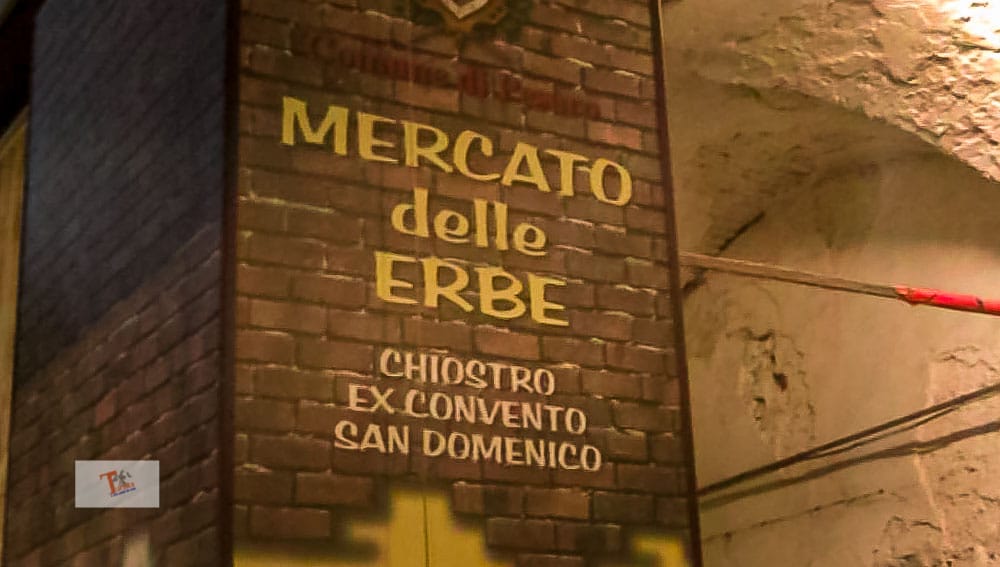
Orti Giuli
The Orti Giuli is a nineteenth-century garden, a rare example of natural beauty that extends over several floors between streets and steps, neoclassical buildings, and sculptures. It is located on the Bastione del Carmine, along the oak walls.
Madonna of the Scala
In Piazza Doria here is one of the most evocative corners of Pesaro. Here stand the church of the port, the obelisk, and the fountain. The temple is dedicated to the Madonna della Scala and has very ancient origins (perhaps from the 16th century). Legend has it that it took this name because to access it you had to cross a stone staircase.
How do I get to Pesaro?
Pesaro can be easily reached from the A14 motorway, or by train. The railway station is on the Adriatic line Bologna-Bari and Rome-Falconara-Pesaro. The closest airports are those of Falconara-Ancona (45 Km) and Rimini (30 Km)




